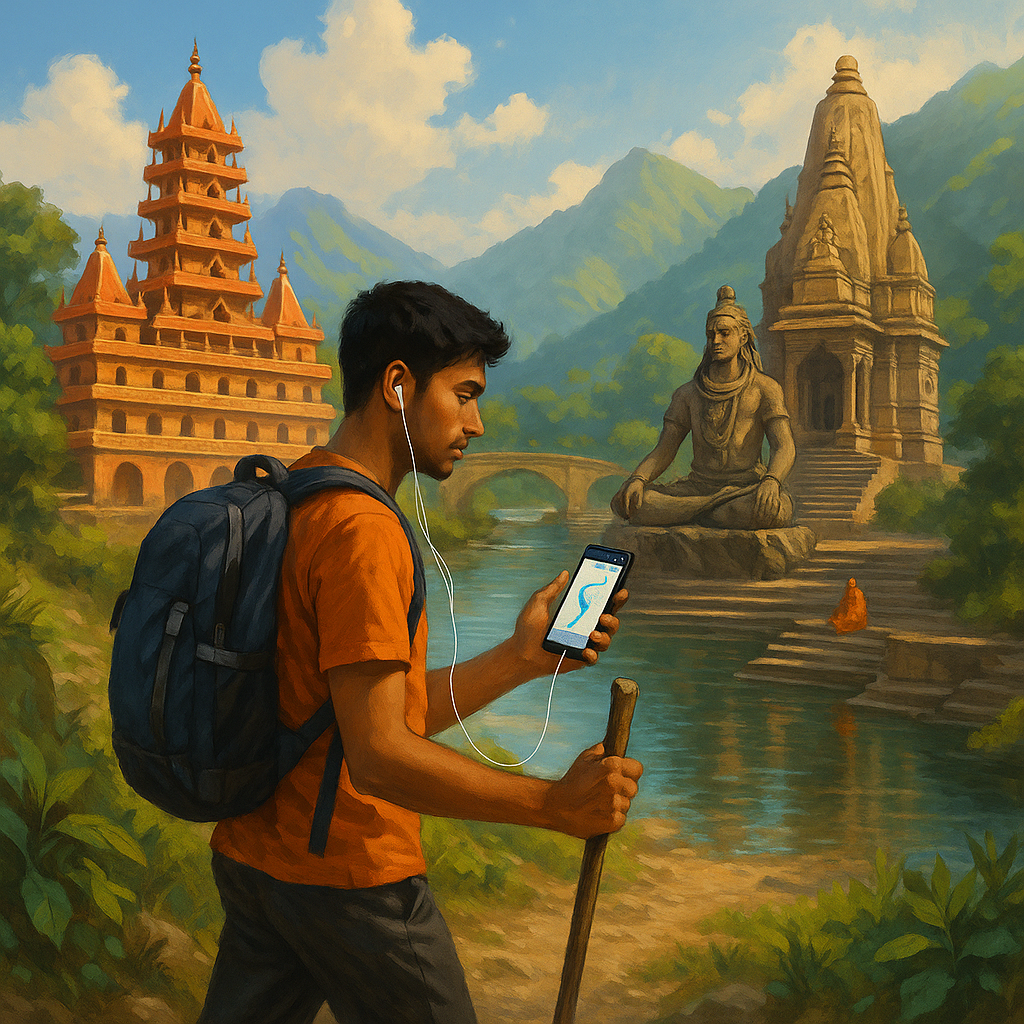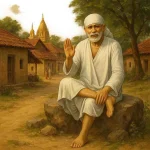Pilgrimage 2.0: The Tech-Enabled Faith Trip in India’s Sacred Geography
India has always been a land of sacred journeys. From the Himalayas to Rameswaram, millions of pilgrims travel each year seeking divine connection, inner peace, and spiritual renewal. But in the 21st century, pilgrimage in India is undergoing a remarkable transformation. The traditional yatra is being reshaped by technology — from digital mapping and e-darshan to AI-driven spiritual guidance. This new era of travel is what we can call Pilgrimage 2.0 — a unique blend of ancient devotion and modern innovation.
The Evolution of the Indian Pilgrimage
For centuries, Indian pilgrims have walked barefoot for miles, trusting only in faith and the guidance of elders or saints. These journeys — whether to Kedarnath, Varanasi, Amarnath, or Tirupati — symbolized endurance, purity, and surrender. However, in the last decade, technology has quietly entered these sacred routes. What was once guided by stars and instincts is now mapped by GPS, guided by apps, and shared across social media. Pilgrims no longer travel in isolation — they move within a connected spiritual network.
Digital Maps and Smart Planning
Today, digital tools have made planning pilgrimages far more efficient and accessible. Online platforms now offer route information, accommodation booking, weather forecasts, and even crowd management updates. For instance, major temples like Vaishno Devi, Somnath, and Tirupati have integrated digital queue systems and online ticketing to streamline the darshan process. GPS-based temple maps help visitors navigate complex temple complexes or multi-point yatras like the Char Dham Yatra.
This digital convenience has not reduced the sanctity of pilgrimage; instead, it has opened doors for more people — including the elderly and differently-abled — to experience these journeys safely and comfortably.
Virtual Darshan: Faith Beyond Distance
Another major shift has been the rise of e-darshan and live streaming. Many temples across India now broadcast rituals and aarti online through official apps and YouTube channels. Devotees from anywhere in the world can participate virtually — lighting a lamp at home while watching the same moment unfold at the shrine.
During the pandemic, this became a spiritual lifeline for millions. Now, virtual pilgrimage has become a permanent feature — not as a replacement for physical travel, but as an extension of faith. It connects global devotees with their roots and provides access to sacred experiences previously limited by geography.
The Role of Social Media and Digital Storytelling
Platforms like Instagram, YouTube, and Facebook have become new-age tirthas (sacred spaces) for spiritual storytelling. Pilgrims document their journeys, share ancient stories, and spread awareness about temple traditions and local cultures. Influencers and spiritual travelers use drones and 360° videos to capture the grandeur of sites like Kashi, Badrinath, and Rameswaram, inspiring younger audiences to rediscover India’s sacred geography.
Social media has, in a way, democratized devotion — making pilgrimage not just a physical act, but a shared digital experience.
AI, Apps, and Personalized Devotion
Artificial Intelligence is also quietly transforming spiritual engagement. Devotional apps now offer personalized prayers, daily mantras, and guided meditations based on the user’s preferences. Some AI-powered platforms help devotees find auspicious dates for pilgrimages, while others provide multilingual temple histories and chanting guides. Temples are embracing this change too. Smart lighting, QR code-based donations, digital lockers, and AI-powered crowd control systems are becoming standard in many pilgrimage sites. This shift ensures both convenience and transparency, helping maintain order even during massive gatherings like the Kumbh Mela.
Sustainability and Smart Pilgrimage
With rising awareness about ecology, “green pilgrimage” initiatives are growing across India. Apps now encourage eco-friendly travel — promoting shared transport, reusable containers, and plastic-free routes. Drone-based monitoring helps prevent littering and overcrowding in sensitive zones. Pilgrimage 2.0 isn’t just about technology; it’s about preserving the sanctity of both faith and nature.
The Spiritual Future of Travel
In essence, technology has not replaced faith — it has enhanced access to it. The ancient belief that “हर यात्रा आत्मा की यात्रा होती है” (every journey is a journey of the soul) still holds true. Only now, the tools guiding the traveler have evolved.
Pilgrimage 2.0 is where devotion meets data, and tradition meets transformation. The smartphone in a devotee’s hand is not a distraction anymore — it’s a digital rudraksha, connecting faith across time and space.
~Religion World Bureau









